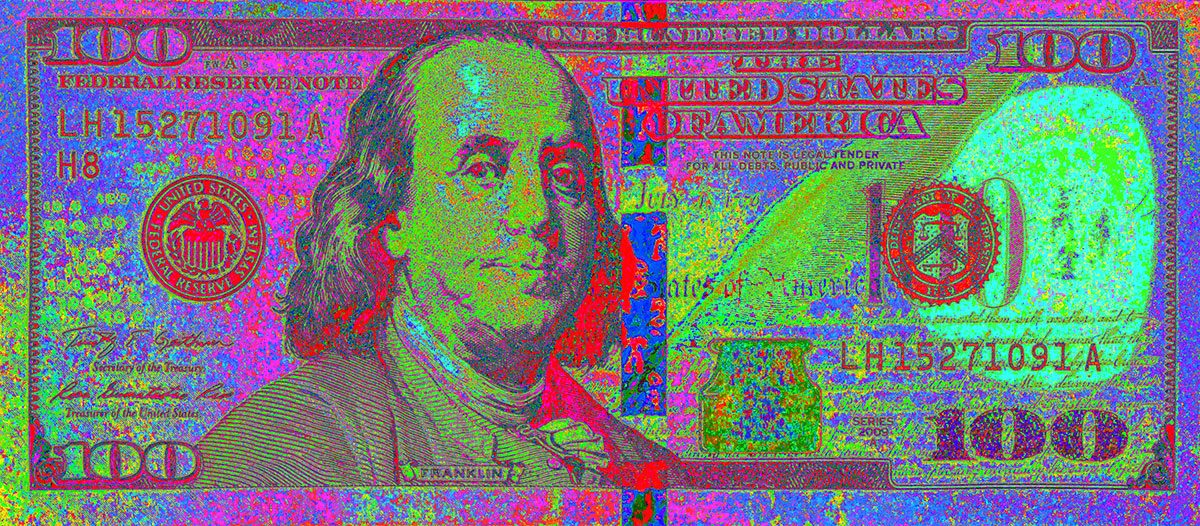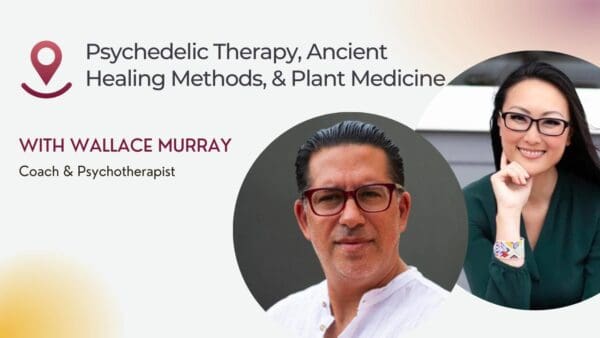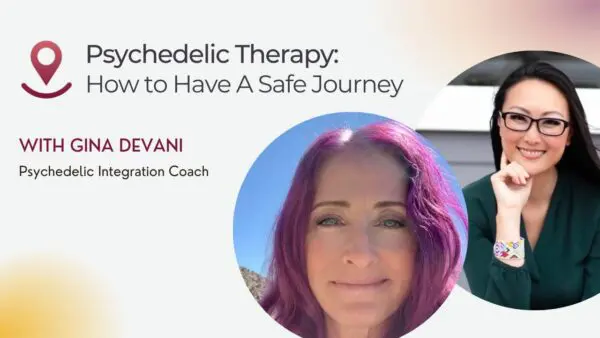Editor’s Note: The content below is intended for informational and educational purposes only.
It requires awareness and bravery to seek out psychedelic therapy, as, despite the mounting evidence to its effectiveness, psychedelics are still highly stigmatized. However, even after one decides to embark on a healing journey using psychedelic medicine, the road is filled with barriers. Aside from ketamine, most of these substances are still labeled Schedule I drugs by the federal government, meaning their procurement and use can come with heavy fines and even jail time. As a result, many people buy them illegally or travel to countries where the medicine is legal.
Thankfully, from new trials on MDMA for PTSD to the state of Oregon legalizing psilocybin for mental health psychedelic therapy, progress is being made, albeit slowly. Here’s the latest information on the price and legality of popular psychedelic therapies.
Magic Mushrooms and Psilocybin
The most affordable option for those interested in mushrooms is to grow their own. A psilocybin spore syringe costs between $10 to $30 and is legal to order in all states except Georgia, California, and Idaho. A spore syringe is filled with spores and water, while spore prints, another common method, are made by stamping a mushroom cap face-down on a sheet of paper. However, it’s only technically legal to buy spores for educational or research purposes. Growing psilocybin is illegal, so spores could potentially get a person into trouble with the law once they begin to germinate.
The street cost of magic mushrooms typically ranges from $20-$30 for an eighth of an ounce. Of course, the amount of psilocybin in each shroom depends on location, provider, and market demand. Psilocybin is listed as a Schedule I substance and is illegal federally. In late 2020, Oregon legalized psilocybin in supervised settings for mental health psychedelic therapy. Psilocybin is decriminalized in cities such as Oakland, Denver, Ann Arbor, and Washington, D.C.
Foraging shrooms is free, but it requires a lot of time, effort, and education. Many mushroom species look alike and some are poisonous, so foraging should only be done after careful research or under the supervision of an expert.
Psilocybin retreats, in places it is legal such as Jamaica can cost between $1,700 to $10,500.
LSD
Unlike magic mushrooms, LSD isn’t a psychedelic medicine that anyone with a green thumb can create at home. Because it is a Schedule I substance, it’s illegal across the U.S. Despite a rise in LSD research suggesting mental health benefits such as reduced anxiety, people interested in using this form of psychedelic therapy should be aware that it’s difficult to do so legally. According to online forums, the price of LSD depends on dose and location, however, one can expect to pay roughly $7 to $20 or more for a 100 microgram blotter. A blotter is a small piece of paper, which sometimes contains art, with liquid LSD dropped onto it. One places the paper under their tongue to consume the LSD. It’s also sometimes dropped into sugar cubes.
Ketamine
Ketamine is currently the only medicine legal in the United States for psychedelic therapy. Originally developed as an anesthetic used on the battlefields of Vietnam, Ketamine is listed on the World Health Organization Model List of Essential Medicines. More recently, in addition to surgical use, ketamine is used for treatment-resistant depression, PTSD, suicidal thoughts and more.
Ketamine infusions, which are done off-label, can cost between $400 to $2,000 per treatment. Esketamine nasal spray, the only FDA-approved form of ketamine for psychedelic therapy can cost $590 and $885 per treatment session. Insurance companies don’t often cover ketamine treatment, so in an effort to reduce prices, doctors will sometimes work with a compound pharmacy to create an off-label ketamine nasal spray at a lower price point.
While illegal unless used medically, recreational ketamine costs roughly $20-$25 per unit.
Ibogaine
Ibogaine is a psychedelic medicine that can be difficult to obtain recreationally. Due to the intensity of an ibogaine experience and potential side effects, it is advised to seek treatment under the guidance of a trained practitioner in a country where ibogaine is legal. Ibogaine is classified as a Schedule I controlled substance in the United States, but that doesn’t come cheap. An ibogaine treatment center can cost as much as $5,000 to $7,000. These last for at least five days and take place in countries such as Mexico.
MDMA
While MDMA remains a Schedule I drug, in 2017, it was granted breakthrough therapy status by the FDA, a decision that indicates that there is preliminary evidence that the drug has therapeutic value. Then came phase 2 clinical trials, which suggest that MDMA can treat PTSD. As a result of these studies, MDMA is currently in phase 3 trials in the U.S., Canada, and Israel, and could be FDA-approved by 2023.
Unfortunately, these trials are unavailable to the average person seeking psychedelic therapy with MDMA. The drug, although illegal, continues to be very popular recreationally. According to online message boards, the street price of MDMA ranges from $60-$90 a gram.
Ayahuasca and DMT
DMT is a Schedule I drug in the U.S., along with ayahuasca, which is illegal except for two U.S. churches (UDV and Santo Daime). While the two are commonly conflated, ayahuasca is made with two ingredients: the banisteriopsis caapi (ayahuasca) vine and psychotria viridis leaf. N,N-dimethyltryptamine (DMT) is a simple and potent psychedelic molecule found in many plants, such as psychotria viridis, and even the human brain. It’s the molecule responsible for the psychedelic experience of an ayahuasca ceremony.
Quite often, those seeking an ayahuasca ceremony travel to a country where it is legal, such as Brazil or Peru. These are often multi-day or week retreats that involve wellness services and integration work during the day and ayahuasca consumption at night. These retreats can cost between $100 to $300 per night, making the psychedelic therapy only available to people of certain economic status.
When used on its own, DMT is often inhaled. While the ayahuasca trip itself lasts roughly four to six hours, inhaled DMT only lasts between 10-20 minutes. For this reason, it’s dubbed “the businessman’s trip,” as one can return to baseline in under an hour. According to online message boards, a homemade gram of DMT sells illegally for about $80–$100 or a single dose of 50 mg for $5.
Conclusion and Final Thoughts
Unfortunately, people seeking psychedelic therapy are often met with a choice. Those who can afford it head to Jamaica for a psilocybin retreat or an ayahuasca ceremony in Brazil. And of course, there is the costly option of ketamine in the U.S. All three have research suggesting immense benefits, but the compassionate spirit of psychedelic medicine goes against the grain of the financial blocks to receiving such treatment. So, many others buy the medicines recreationally at lower costs, but often without supervision or the knowledge that a substance is pure. Until federal roadblocks are cleared and more psychedelics are legalized, accessibility will continue to be a major roadblock.









